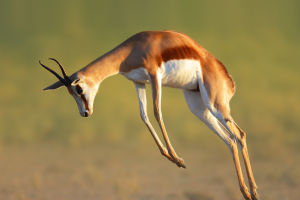The camel, belonging to the Artiodactyla Camelidae family, is a mammal well-suited for desert and arid habitats. These magnificent creatures are primarily found in the desert regions of Asia and Africa.
Camels can be classified into two species: the dromedary camel and the Bactrian camel. Dromedaries are primarily found in North Africa and the Middle East, sporting a single hump on their backs.
On the other hand, Bactrian camels, found in Asia including Mongolia, China, and Afghanistan, possess the distinguishing feature of having two humps.
Camels possess remarkable adaptations that enable them to thrive in desert environments. They are capable of enduring scorching heat and arid conditions, often going extended periods without water.
Their physical characteristics are specifically designed to suit desert life. With broad feet, they can traverse the desert sands without sinking. Additionally, their water storage sacs can retain substantial amounts of water, allowing them to survive for days, or even weeks, without a water source.
Camels exhibit several other adaptations tailored to desert life. Their long eyelashes shield their eyes from sand particles, while their ears possess specialized structures that prevent the entry of sand and dust.
Moreover, camels can regulate their body temperature, conserving water by maintaining higher temperatures during the day and reducing them at night.
Camels have been integral to human life for centuries. They serve as reliable means of transportation, carrying people and goods across vast desert terrains.
Their hair is utilized in the production of fabrics and blankets, while their hides are transformed into shoes and other leather goods. In certain regions, camel meat and dairy products are vital sources of sustenance.
The camel's hump, contrary to popular belief, does not primarily consist of fat reserves. Instead, it functions as a water reservoir.
Camels, being desert-adapted creatures, often face prolonged periods without access to water. The hump serves as a vital water storage organ, enabling them to survive during droughts.
The hump develops due to the accumulation of fat cells within the camel's body. When camels consume food, the energy derived from digestion and absorption is converted into fat and stored within the hump's fat cells.
This ingenious adaptation allows camels to metabolize the stored fat when they require water, generating water as a byproduct.
Remarkably, a camel's hump can store a significant amount of fat, with estimates suggesting that a Bactrian camel's hump can house around 36 kilograms (80 pounds) of fat.
This stored fat can be utilized and metabolized into the water, sustaining camels for extensive periods without access to fresh water sources.
When camels consume water, their humps gradually decrease in size as the water is consumed and utilized by their bodies. However, when faced with water scarcity once again, camels can replenish their water reserves by consuming plants and breaking down the fat stored within their humps.
Therefore, the camel's hump represents a remarkable physiological adaptation to desert environments, facilitating the storage and utilization of water during arid conditions and significantly enhancing their survival capabilities.


